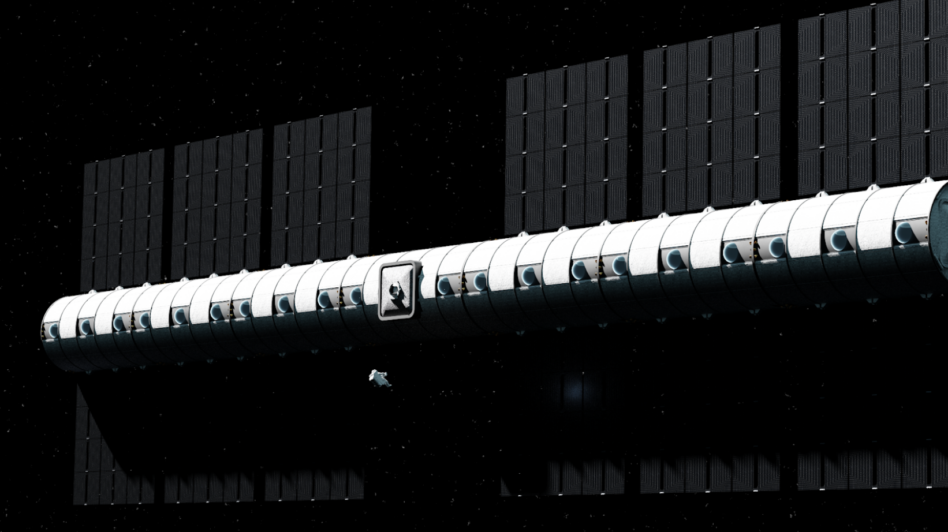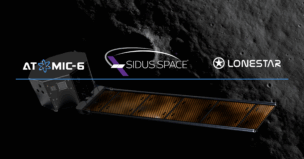The race to build commercial space stations is heating up. Yesterday, Vast, a startup that emerged from stealth last September with plans to build stations with artificial gravity, announced that it has acquired space tug company Launcher for an undisclosed amount. TechCrunch first reported the news.
Vast’s vision: Jed McCaleb, who made his name and fortune as a crypto entrepreneur, got Vast up and running early last year with a team of former SpaceX engineers and an ambitious plan to start from scratch building the first artificial gravity space stations.
- Like NASA-sponsored space station projects, Vast’s design is intended mostly to support scientific research and off-Earth manufacturing.
- The company is “biased towards building everything in-house,” McCaleb told Payload, and the station module is designed to fit neatly into Starship.
McCaleb is currently self-funding Vast. So far, he said that he’s committed ~$300M to the project. Vast isn’t planning on seeking external funding for a while—not until investors are coming to Vast with interest, which will “probably be around when we have the first station module in orbit,” McCaleb told Payload.
Enter Launcher: The company’s Orbiter spacecraft, designed to independently deploy from rideshare flights and host customer payloads in orbit—along with the team that built it—is its key value add. Vast plans to use this platform to test components for its space stations, including propulsion and life support systems, batteries, solar cells, and anything else the company might need to validate in space.
On Launcher’s side, the acquisition made sense from a funding perspective. “Having a lot of investors and raising money, there’s a lot of risk attached to it,” Max Haot, former CEO of Launcher and now president of Vast, told Payload. “And in this scenario, partnering with Jed, that enables us to take basically the company up to the point where we are flying a station with a single investor.”
Under Vast’s ownership, Launcher will continue to develop its E-2 liquid rocket engine. “The E-2 engine technology is becoming more and more relevant in this world in terms of launch companies needing high performance engines to reach the advertised payload,” Haot said. “We both agree that it makes sense to invest more and actually finish it and sell it to others.”
Development of the “Light” launch vehicle, on the other hand, will come to an end.
Launch plans: Orbiter launched for the first time on Transporter-6 last month, but announced recently that the first flight ended prematurely due to power issues. The company is happy with what it learned from Orbiter’s first flight and that “we know exactly what to do for the next flight,” Haot said.
Orbiter has two more flights planned for this year, both hosting customer payloads. Every flight is beneficial to Vast’s mission by virtue of testing Orbiter itself, but also in terms of testing Vast’s own hardware. “We were trying to see if we can have something on the June flight as a symbol, but definitely the October flight will have plenty of Vast payload,” Haot said.
Reorganizing and reshuffling: Vast’s team of ~40 is planning on joining forces with Launcher’s team of ~80 in a new facility in Long Beach, CA later this year. And the growth won’t stop there—hiring is ongoing, and the company is aiming to reach ~180 employees by the end of the year, McCaleb said.
+ Want to hear more? Check out our October Q+A with Jed McCaleb for more on Vast’s mission.




